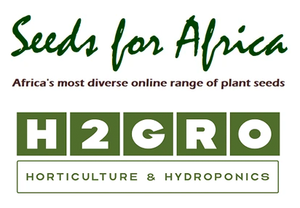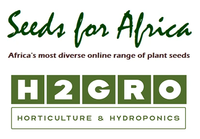A Broad Overview Of Seed Saving. Part 1 Of Seed Saving Series.
Saving seed is exciting and a very honourable duty! To save pure seed you want to prevent cross-pollination between two different varieties in the same species. If the seeds you aim to save are not cross-pollinated with other varieties from the same species, you will be able to keep seeds for generation after generation. Hybrid plants are created by cross pollination between two different varieties and do not produce similar plants to the parent plant. Open pollinated varieties will keep their specific characteristics if they are pollinated within the same specific species. If you plant just one variety in a species, you will be saving pure seed. It is imperative that you know which variety your plant is. Knowledge of your plant’s scientific name will aid in knowing which plants may cross pollinate.
Annuals, like lettuce, tomatoes and peppers flower, set seed and die in one growing season. Carrots and onions, for example, are biennials and won’t flower until they have gone through a cold season and through their second growing season. Perennial plants on the other hand, survive and flower for many years. It is important to know your plant species as most crops in a garden are from varied species from another, but not always.
When you are planning to save seed, it is advisable to start with easy crops. Peas, beans, tomatoes and lettuce are easy to start with. Ensure that you grow enough plants. Some crops have a challenging time producing seeds where others reproduce with one single plant. Having a too small population size of a seed crop could result in certain genetic diversity being lost over time. This might result in a decrease in plant stature, germination, vigour and yield.
Sometimes a little garden intervention is necessary to prevent and limit inter-variety cross pollination. Knowing your species will aid you in deciding what space is needed between varieties. Advanced intervention methods, e.g., bigger isolation distances, hand pollination and pollination barriers can be used for others. When collecting your seeds, it is important to know when the seeds are mature. Wet fruit seeds are not mature once the fruit is ready to eat. Immature seeds are still edible, and some fruits should be left to fully mature. Lettuce, grains and beans can be removed when the seeds are dry and hard. Harvesting these is as simple as going out into the garden and handpicking a few mature seedpods. Knowing how to harvest the seeds will aid you greatly when harvesting.
While some crop seeds are longer lived, certain crops, like onion- and carrot seeds are short lived. Labelling your seeds and making useful notes on when you harvested, where you sourced them from, and the number of plants that you harvested from is crucial. Store your seeds in a cool, dry and dark place. Properly dried seeds can be sealed and stored in the fridge or freezer for many years. Saving seed will preserve its genetic diversity and save the seeds from extinction and make them available to future generations.
This is the first in our series of seed saving blogs.
In later blogs we will be delving into how to save seeds for specific species. This may seem counterintuitive that a seed company are encouraging and advising their customers on how to save seed but that is not the way we look at it. We believe in sharing our knowledge in the hope that when you save your seed, you too will share your saved seed with friends and family and get them interested in growing and hopefully you'll refer them to us for many other exciting seeds that we offer that they will want to grow.
About the Author
Michele Fourie is the Seeds for Africa General Manager. Michele loves growing beautiful flowers, chilli plants and is passionate about exceptional customer. service. Michele is also a fundi in the kitchen. Check out her blog post on making your own sweet pickled piquant cherry peppers at this link.









